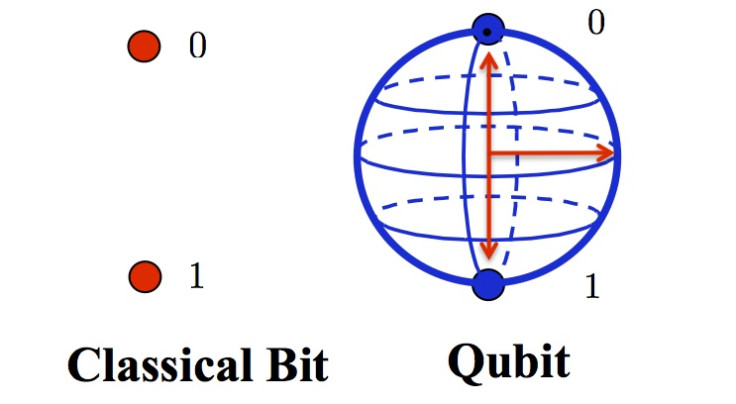Quantum computing: Breakthrough paves way for first ever silicon quantum computer processor
A crucial hurdle towards developing commercial quantum computers has been overcome through the development of the world's first silicon quantum logic gate by a team of Australian engineers. The advance, made by a team of researchers at the University of New South Wales (UNSW), represents the final physical component to realise super-powerful silicon quantum computers.
What is quantum computing?
Quantum computers replace traditional bits that are used in digital communications with quantum bits, or qubits. Qubits exist in a state of superposition, meaning they can be in both states at once (zero and one), rather than being restricted to a single binary state in the way traditional computers function.

This allows computing challenges to be solved that are beyond the reach of today's fastest supercomputers. Potential applications can be found in a variety of fields, from medicine to space travel.
The quantum logic gate developed allows calculations between two qubits (quantum bits) of information for the first time and paves the way for the creation of the first ever silicon quantum computing processor.
"What we have is a game changer," said Andrew Dzurak, director of the Australian National Fabrication at UNSW and leader of the research team. "We've demonstrated a two-bit logic gate - the central building block of a quantum computer - and, significantly, done it in silicon.
"Because we use essentially the same device technology as existing computer chips, we believe it will be much easier to manufacture a full-scale processor chip than for any of the leading designs, which rely on more exotic technologies. This makes the building of a quantum computer much more feasible, since it is based on the same manufacturing technology as today's computer industry. If quantum computers are to become a reality, the ability to conduct one- and two-qubit calculations are essential," said Dzurak.
The latest research from the team at UNSW appears today (5 October) in the scientific journal Nature.
Dzurak and his team have also recently patented a design for a full-scale quantum computer chip that would potentially allow for millions of qubits to communicate and carry out calculations. Industry partners are now being sought to scale the technology, with the hope that a full-scale quantum processor would find applications in the finance, security and healthcare sectors.
"The silicon chip in your smartphone or tablet already has around one billion transistors on it, with each transistor less than 100 billionths of a metre in size," said Menno Veldhorst, a research fellow at UNSW and lead author of the paper.
"We've morphed those silicon transistors into quantum bits by ensuring that each has only one electron associated with it. We then store the binary code of 0 or 1 on the 'spin' of the electron, which is associated with the electron's tiny magnetic field."
© Copyright IBTimes 2025. All rights reserved.






















